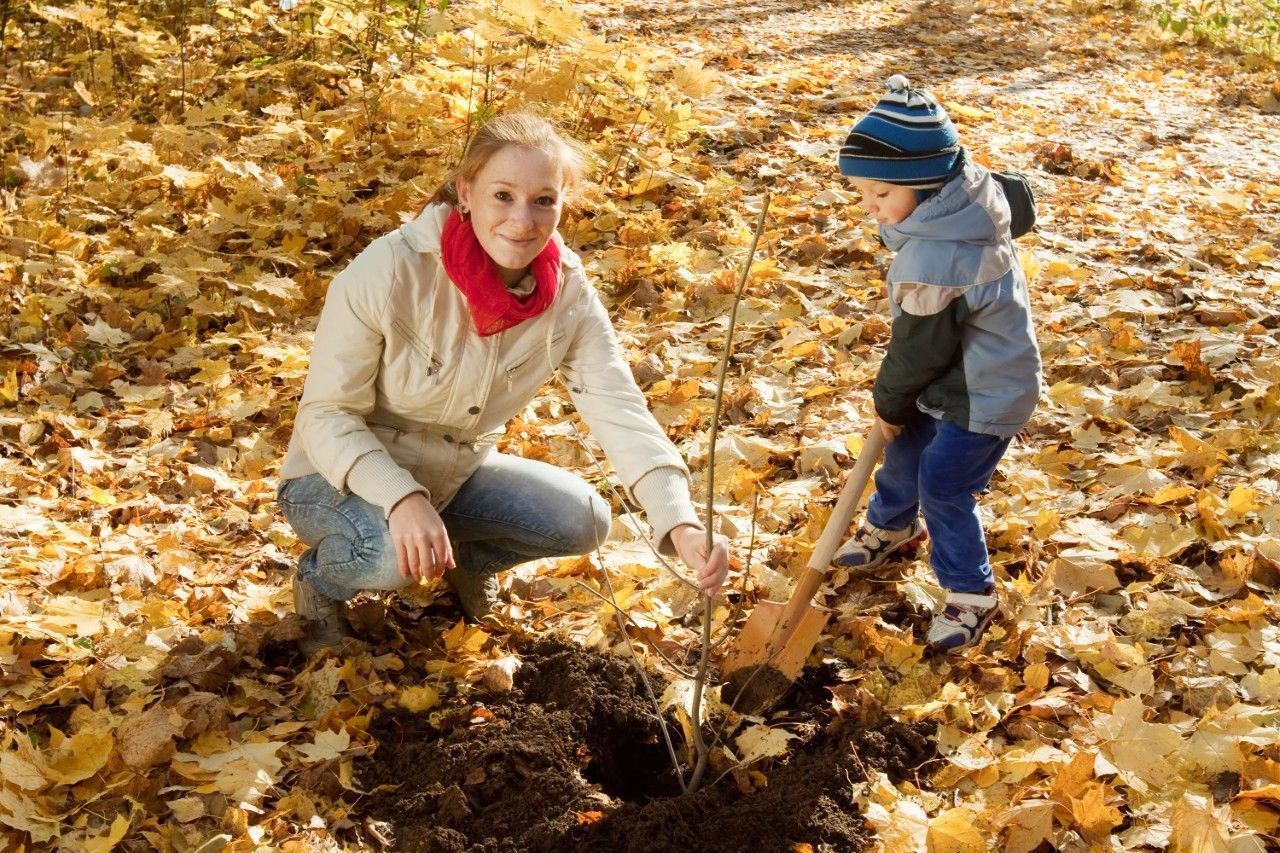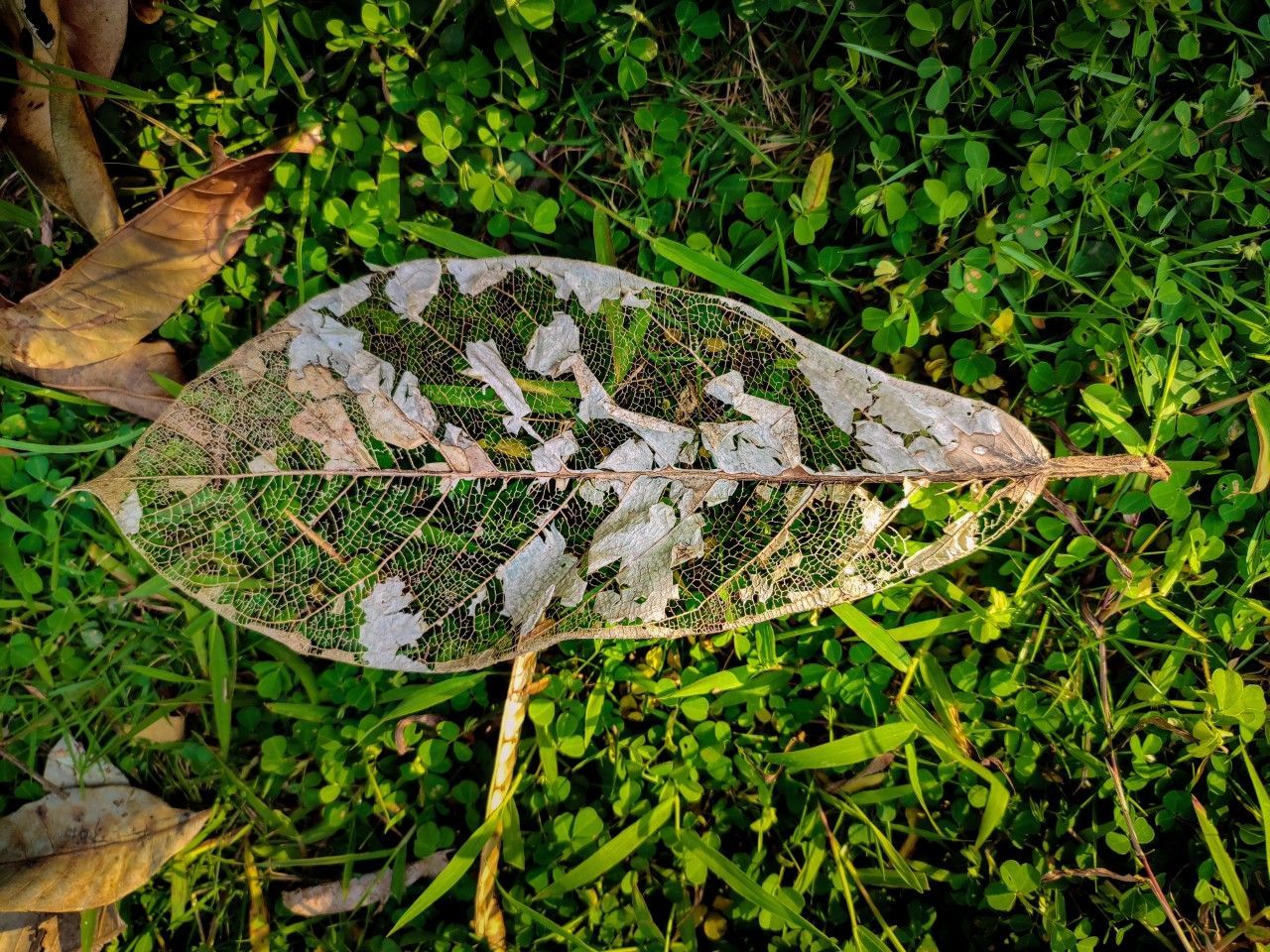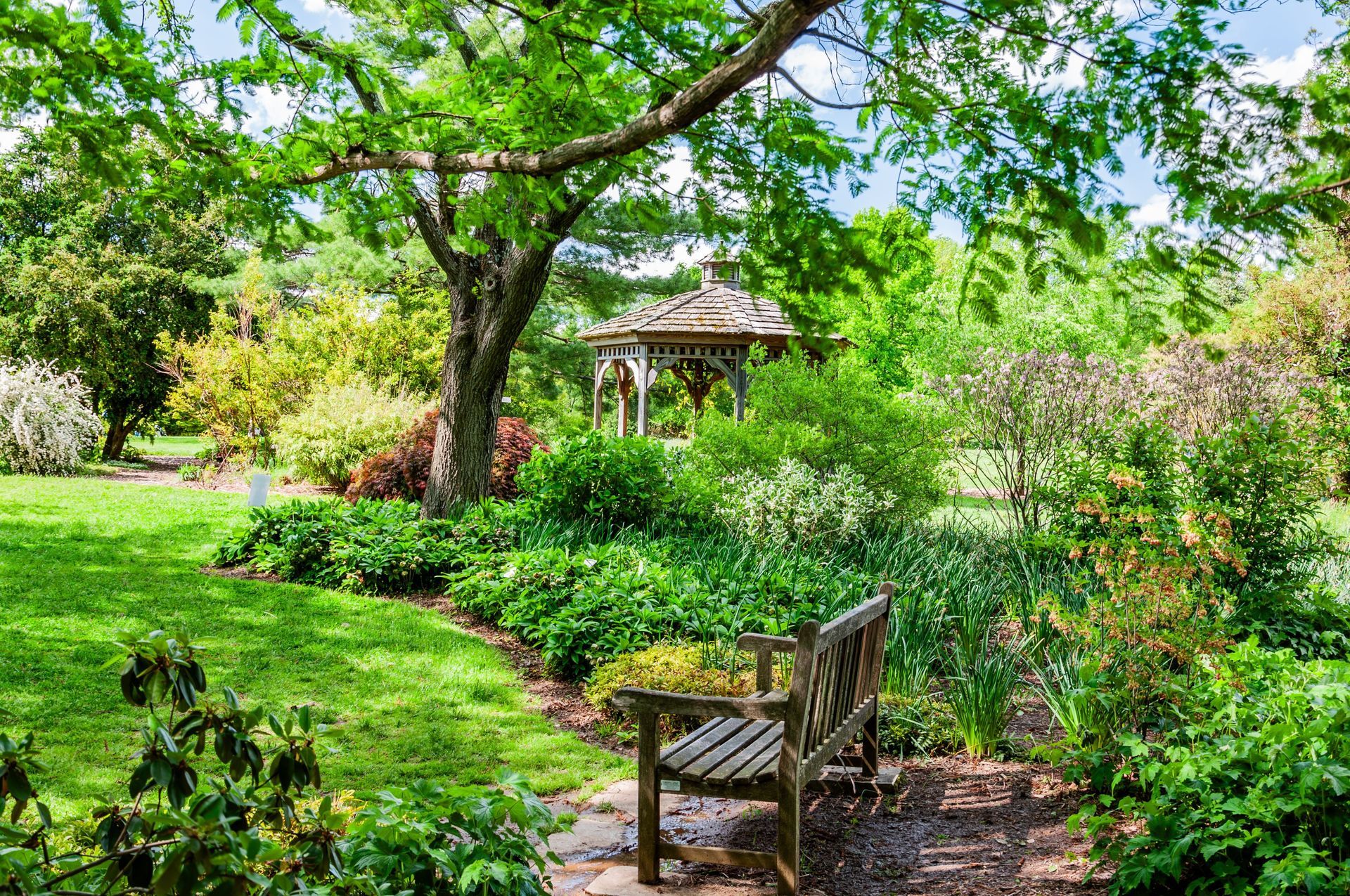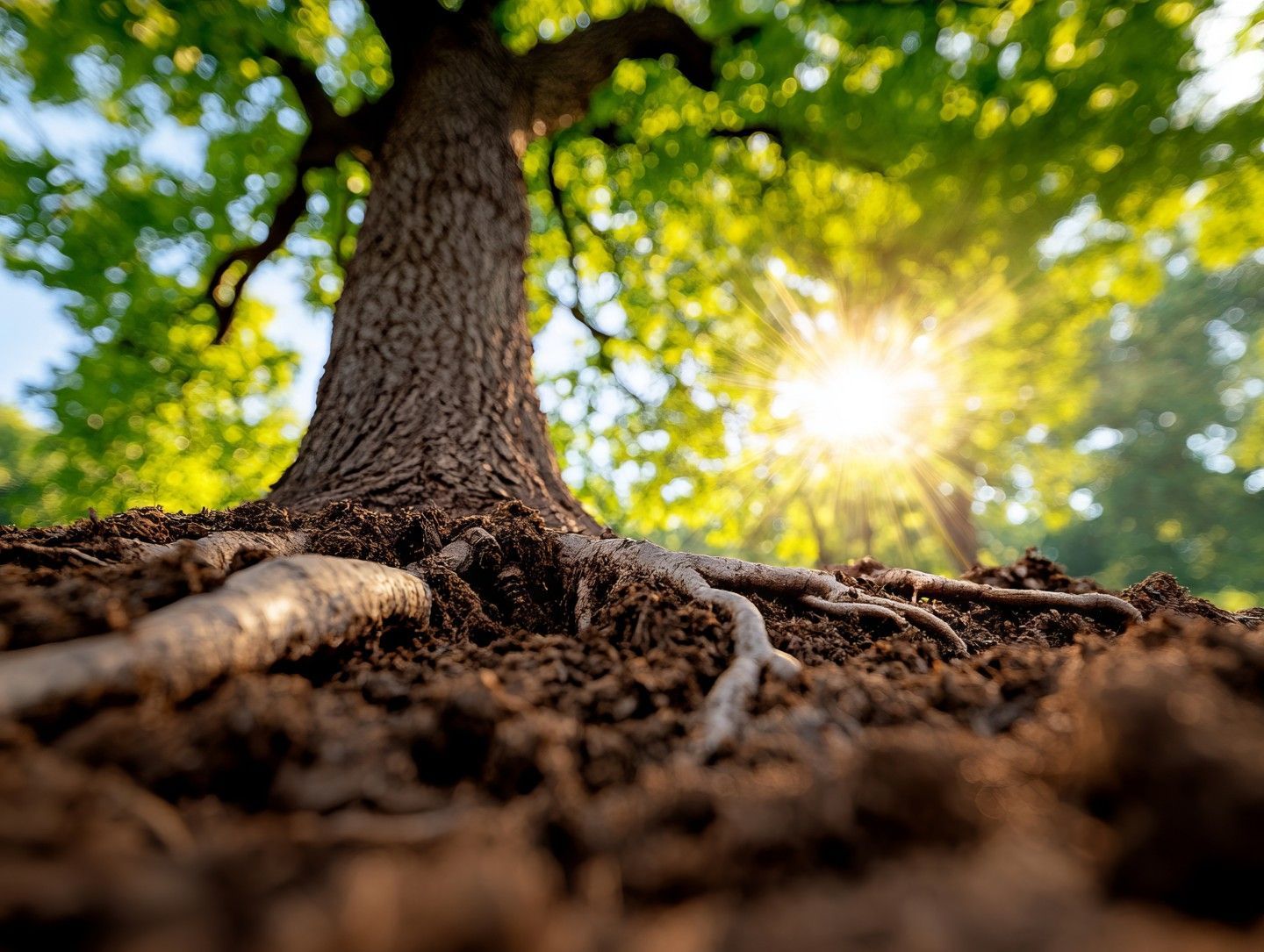Pruning in Summer: Is It Really a Good Idea?
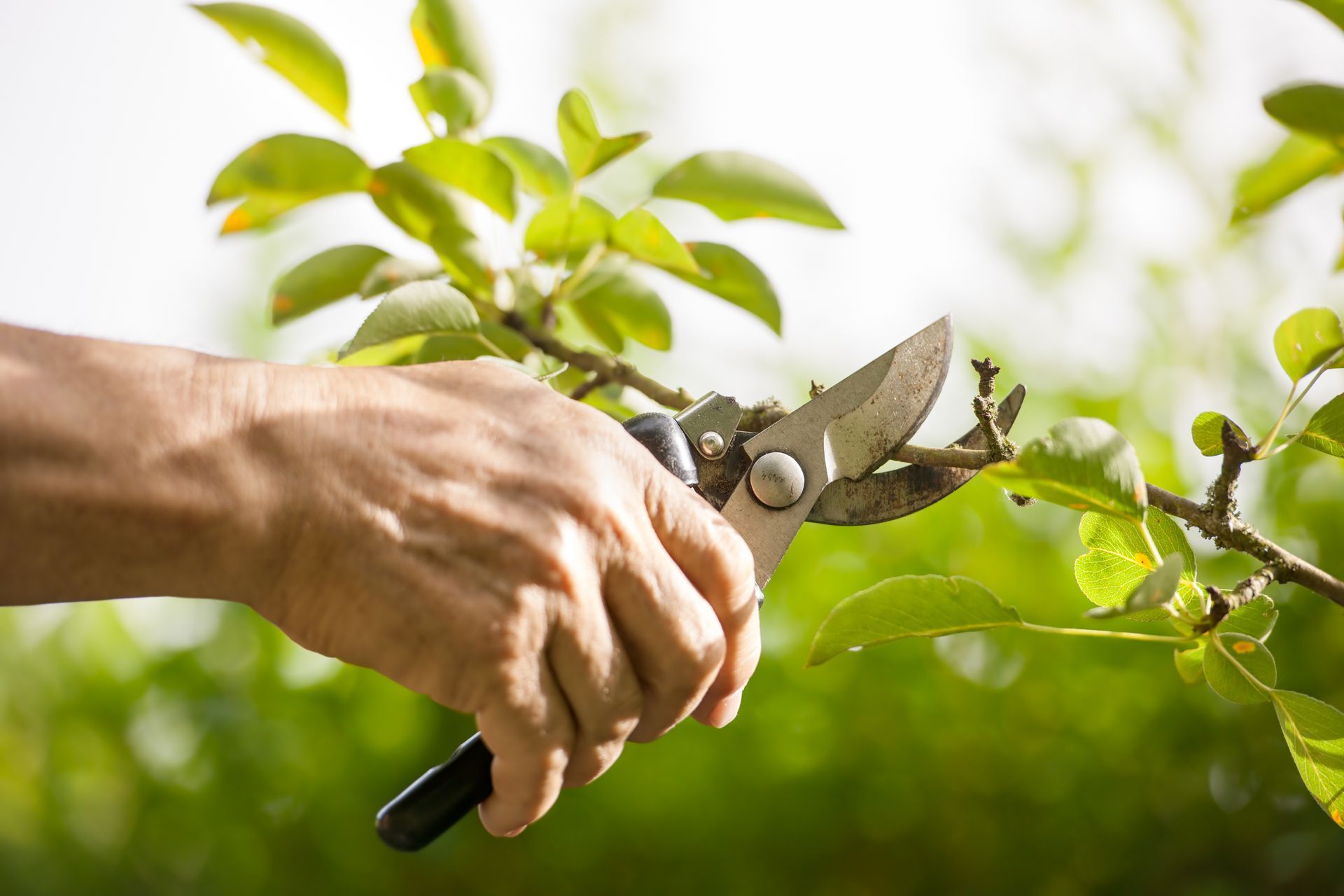
When it comes to tree care, timing is everything. Many homeowners wonder if summer is a safe time to prune, or if it’s better to wait until the dormant season. The truth might surprise you: With the right approach, summer can be a great time to give your trees the attention they need.
Why pruning matters
Pruning isn’t just about shaping a tree to look nice (though that’s a welcome bonus). It plays a critical role in keeping your trees healthy and your property safe. By removing weak, crossing, or damaged branches, pruning helps reduce the risk of large limbs breaking off, especially during those sudden, windy afternoon thunderstorms we often get this time of year.
Beyond safety, proper pruning also helps prevent large wounds that trees may struggle to heal, supports balanced growth, and allows more sunlight and airflow to reach the interior branches. In short, it’s one of the best investments you can make for the long-term health of your trees.
Summer Pruning: The do’s and don’ts
As we already mentioned, you may have heard that pruning should only be done in winter when trees are dormant. While dormant-season pruning has its benefits, summer pruning is not only acceptable but also beneficial—as long as it’s done thoughtfully.
The key is moderation. Arborists often refer to “dosage” when discussing pruning, meaning the amount of live growth removed. In summer, keeping the dosage reasonable is crucial. Too much removal can stress the tree, while careful, selective cuts can strengthen its structure and reduce risks.
Think of summer pruning like a tune-up rather than a major overhaul.
Signs your trees may need summer pruning
Not sure if your trees could benefit from a mid-season trim? Here are a few signs to look for:
- Overhanging branches: Limbs that stretch too close to your roof, driveway, or power lines.
- Dead or damaged wood: Branches that look brittle, cracked, or lifeless.
- Crossing branches: Limbs that rub against each other, creating weak spots.
- Storm hazards: Large, heavy limbs that could break during high winds.
If you notice any of these, your trees may benefit from some selective pruning now instead of waiting.
The Big Picture: Prevention is key
As the old saying goes, “An ounce of prevention is worth a pound of cure.” When it comes to trees, a little preventive pruning today can save you from dealing with storm damage, costly repairs, or even tree removal down the road. Pruning helps reduce risks not just to the tree, but also to the people and property around it.
Remember, pruning isn’t a one-size-fits-all job. Every tree has its own needs, depending on its species, age, and environment.
Why a professional evaluation helps
Before reaching for the pruning saw, it’s wise to start with a professional evaluation. A Certified Arborist can assess whether your trees actually need pruning right now, identify any hidden risks, and recommend the best approach for both safety and tree health. Sometimes, the right call might be a minor trim. Others a more targeted structural prune may be in order.
By partnering with a professional, you’ll ensure your trees get the care they need, without the risk of over-pruning.


